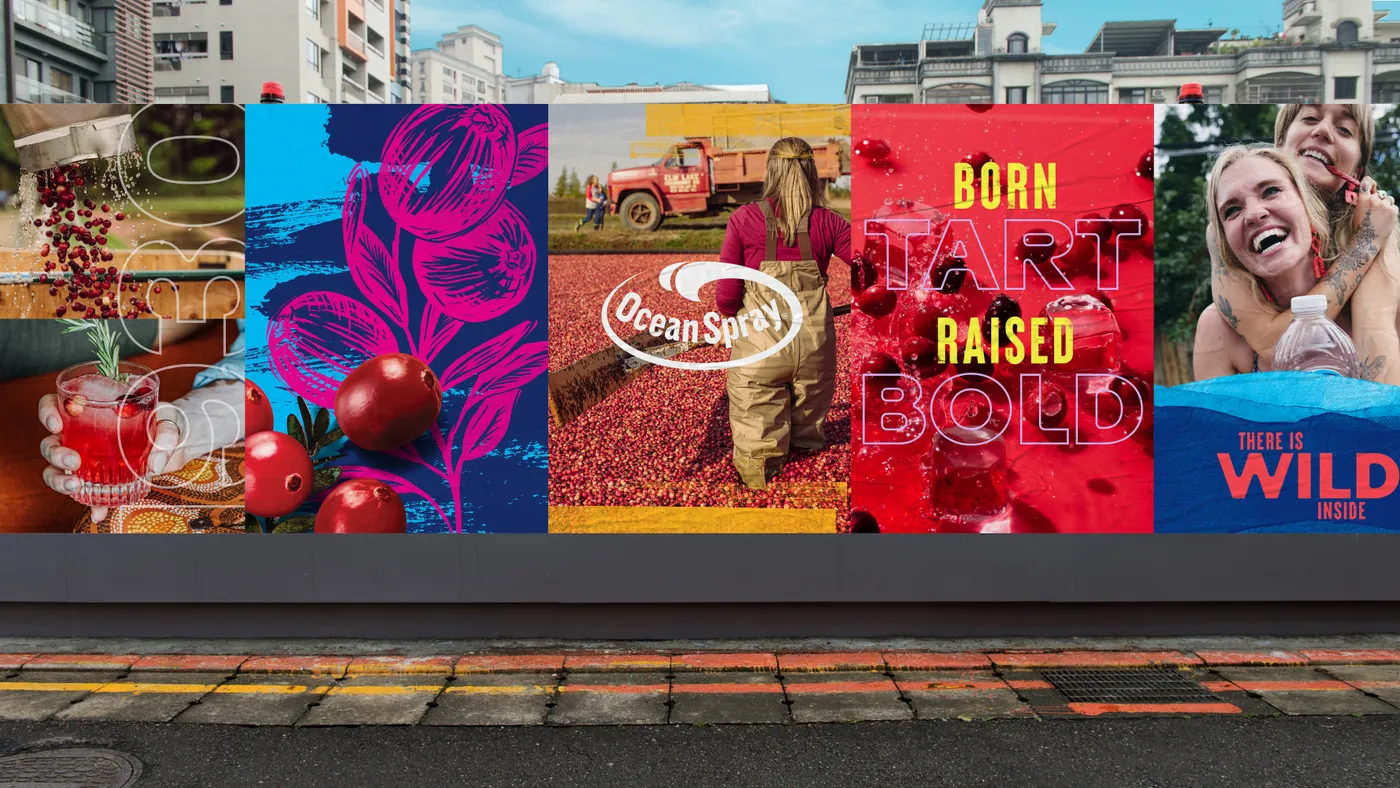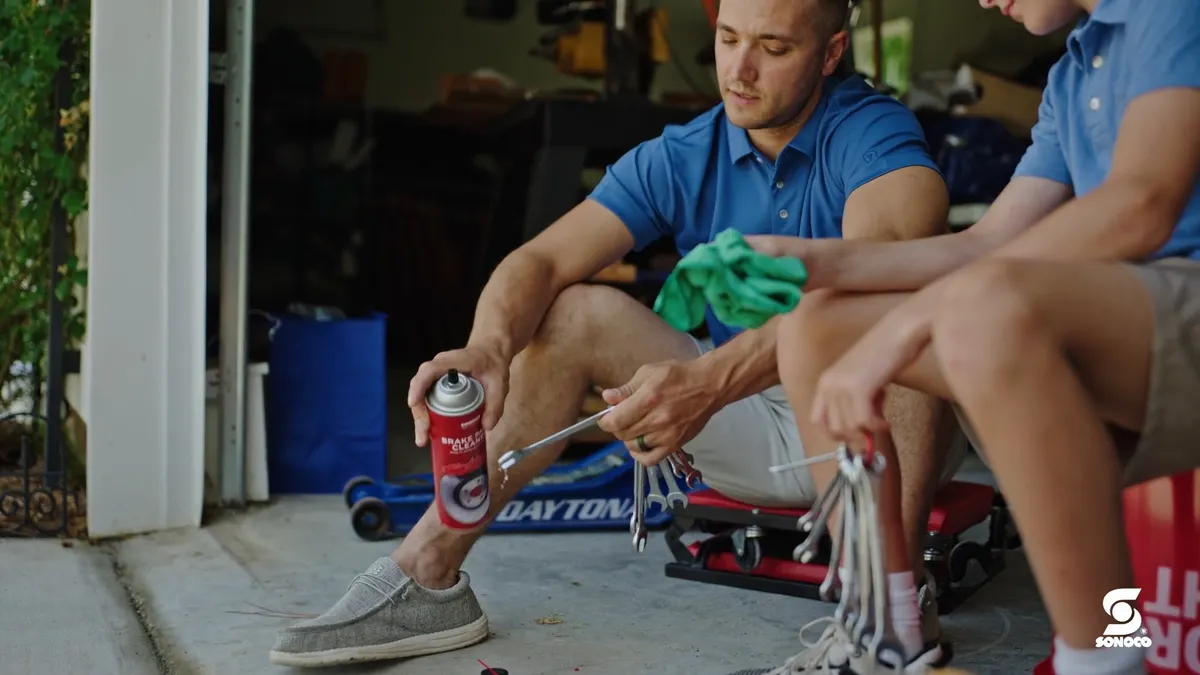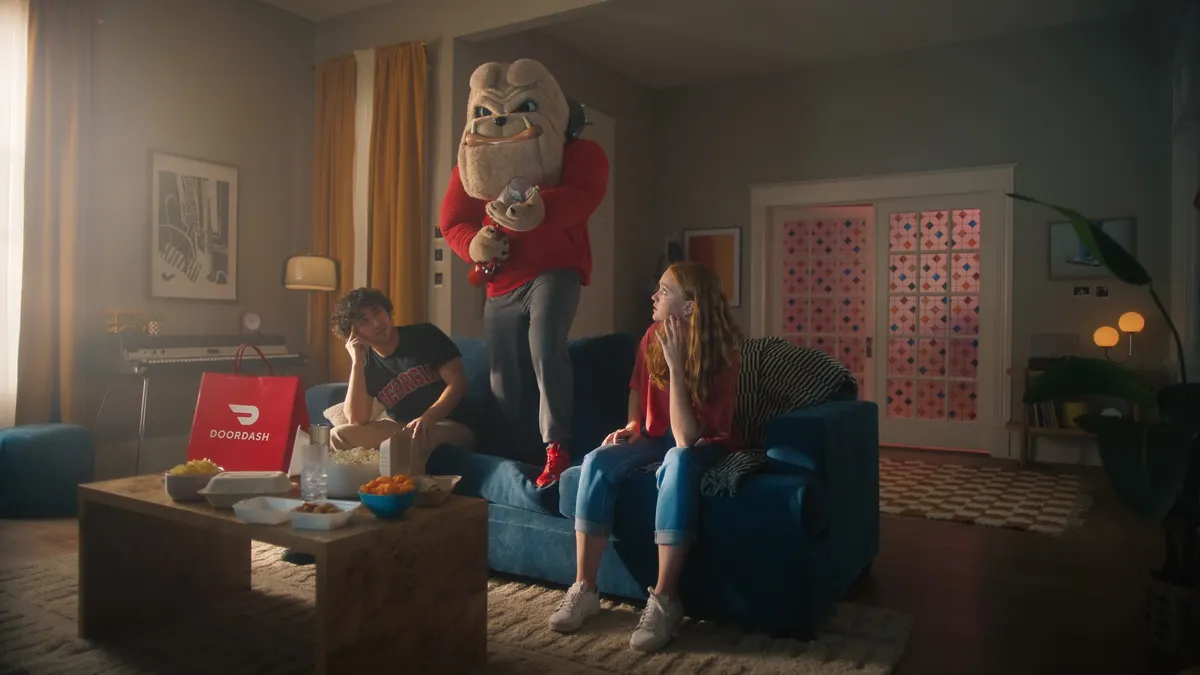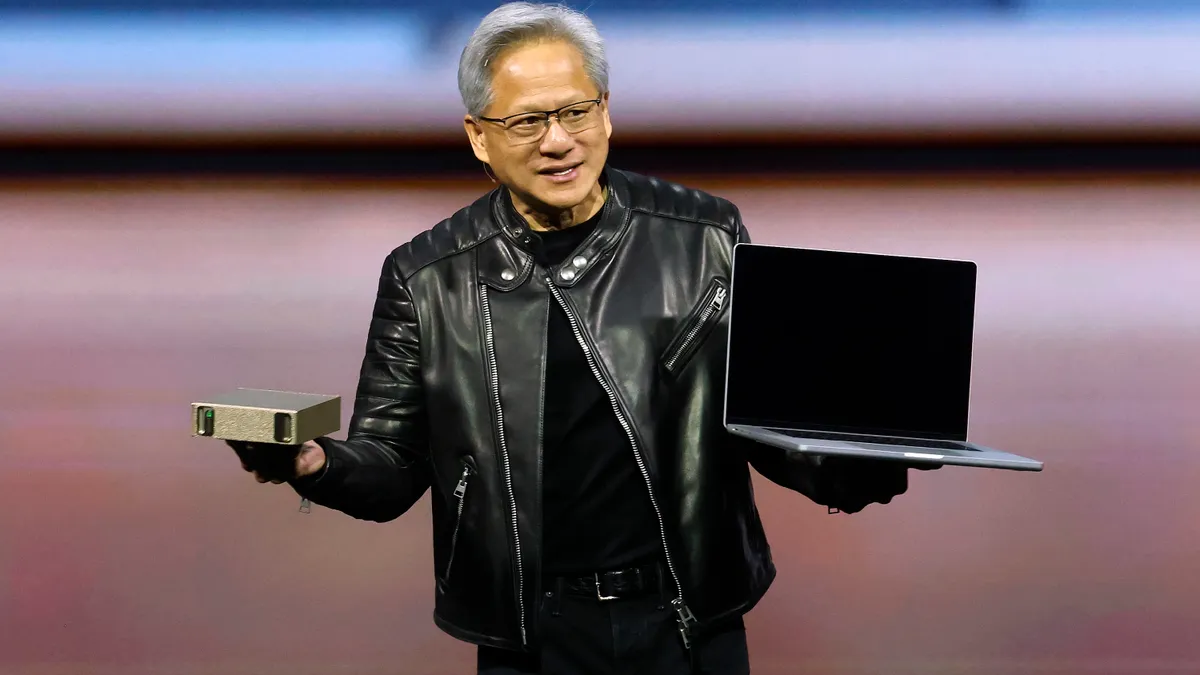For the third year in a row, many marketers have focused on rebrands, refreshes and repositionings over the type of creative swings that can make a big splash and create buzz. While mostly embraced by CPG companies the likes of Kraft Heinz, Unilever and PepsiCo, this approach also been adopted by QSRs, digital-first brands like Wayfair and Tubi and even agencies looking to engage customers — existing and potential — who have new priorities.
Even as the pandemic moves further into the rearview and the Gen Z cohort becomes a top priority for many marketers, rebranding as a key marketing strategy does not seem to be going anywhere. Recent examples are born out of marketers' need for agility and fluidity in their efforts and allow them to meet several different imperatives: investing in brand building after years of performance marketing; finding a holistic strategy across channels; and better using insights about consumer behavior changes.
"It's never been more important for leaders to be looking at their brands as engines for growth, rather than the traditional way of thinking about the silos of identity and campaigns," said Lynne Field, head of strategy at FutureBrand, IPG’s branding and experience agency. "Every brand today is looking to stay modern, stay relevant, be agile and quickly adapt to consumer needs in this rapidly changing landscape where everything is being disrupted."
Performance marketing continues to be a sizable fraction of budgets as marketers seek out the short-term wins and easily identifiable ROI that the tactic can deliver. But for some leaders, the performance marketing well is dry — there is no room for growth with the brand's existing customers — or their brand is not cemented strongly enough with consumers to be differentiated on anything other than price. As the pendulum swings from performance marketing back to brand-building activities, 36% of marketers worldwide are planning to increase their investment in brand marketing this year, per eMarketer.
"There's a desire to get back in touch with the consumer," said Chris Ertel, director of creative strategy at branding agency BrandOpus. "Either [marketers] realize that they don't know them all that well, or they got the insight wrong: 'I don't even really know who I'm selling to anymore because the world has changed, or because I've been focused on who I can get on Facebook versus who actually buys my stuff.'"
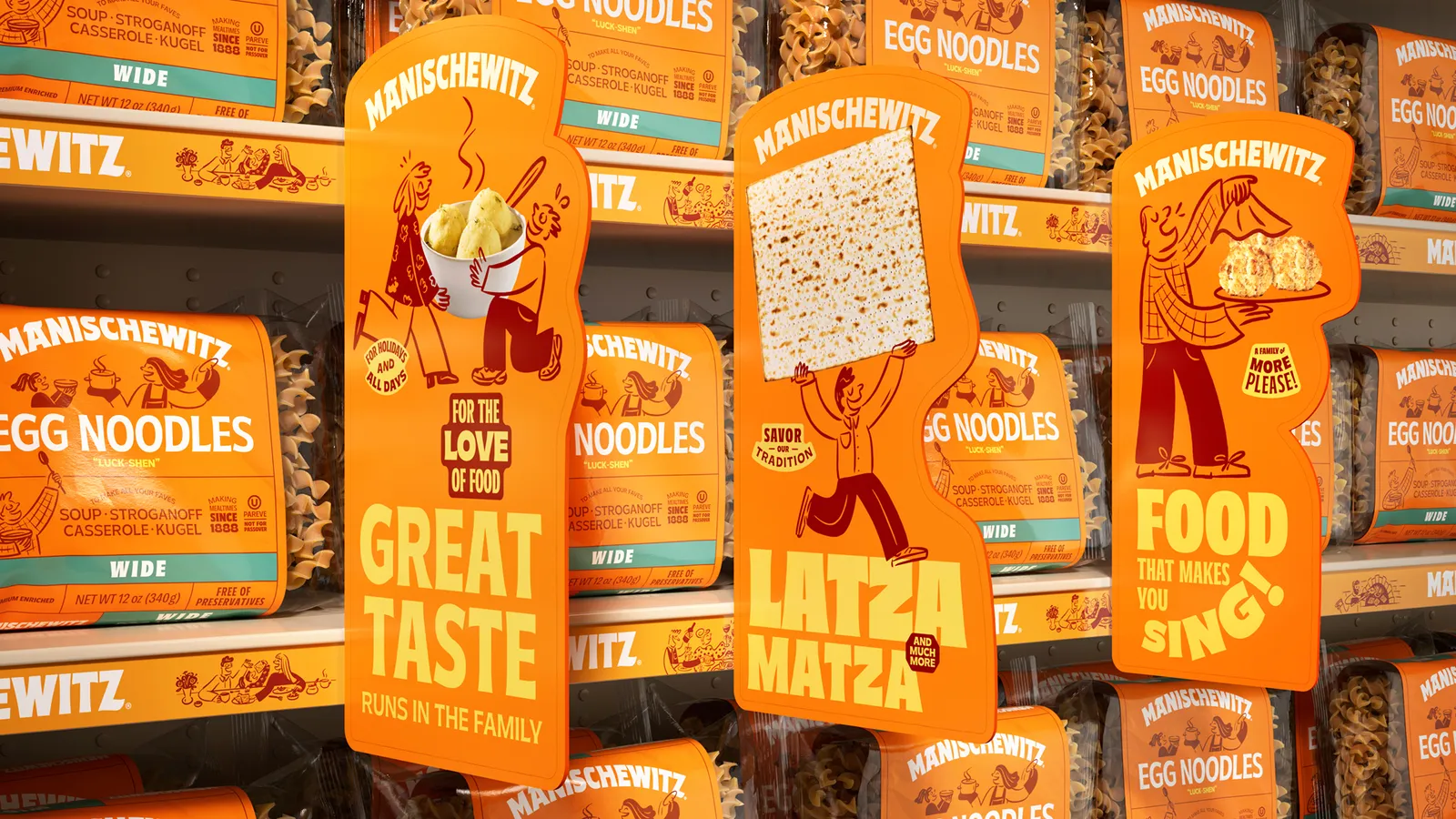
The pendulum swing
Brand building activities make brands less reliant on short-term performance marketing that can lead to declines in base sales if it is relied on too heavily, according to an analysis of more than 14,000 brands in Kantar's Blueprint For Brand Growth report. The report notes four factors that can increase consumer predisposition to brands: perceptions of a strong consumer experience, function or performance; design or breadth of offering; convenience; and great advertising. Brand building remains the foundation for all growth, said Jane Ostler, executive vice president of global thought leadership at Kantar.
"Some brands either have neglected that because they've never done it to start with — they've been perhaps over reliant on performance marketing — and then there are other brands that maybe did brand marketing 8 to 10 to 15 years ago and are realizing that they don't have that much equity in their brand," Ostler said. "The perceptions of their brand just don't exist — they're just a name on a website somewhere."
To be more than a name on a website, marketers are embracing rebrands to build up brands whose needs are evolving — but not all such efforts are created equally. Direct-to-consumer brands have increasingly made the jump to brick-and-mortar, requiring a different look-and-feel or a better, insight-driven brand story. Meanwhile, legacy brands need to apply a finer, more modern filter to their brand story or work to find new audiences with an extension — not a total overhaul that endangers equity.
"Brand marketers at these large CPG companies have a tough gig,” said Jason Cieslak, president for Pacific Rim at brand experience firm Siegel+Gale. “Their entire existence is to grind out a small market share in a relatively fixed market, so many of them are looking for extension opportunities where they can be relevant in a category where the brand has some degree of understanding, awareness and affinity.
"Design is the best way to communicate. There are recognizable brand symbols that customers can identify with, and oftentimes that gives that brand a good chance at being successful in an adjacent category," the executive continued.
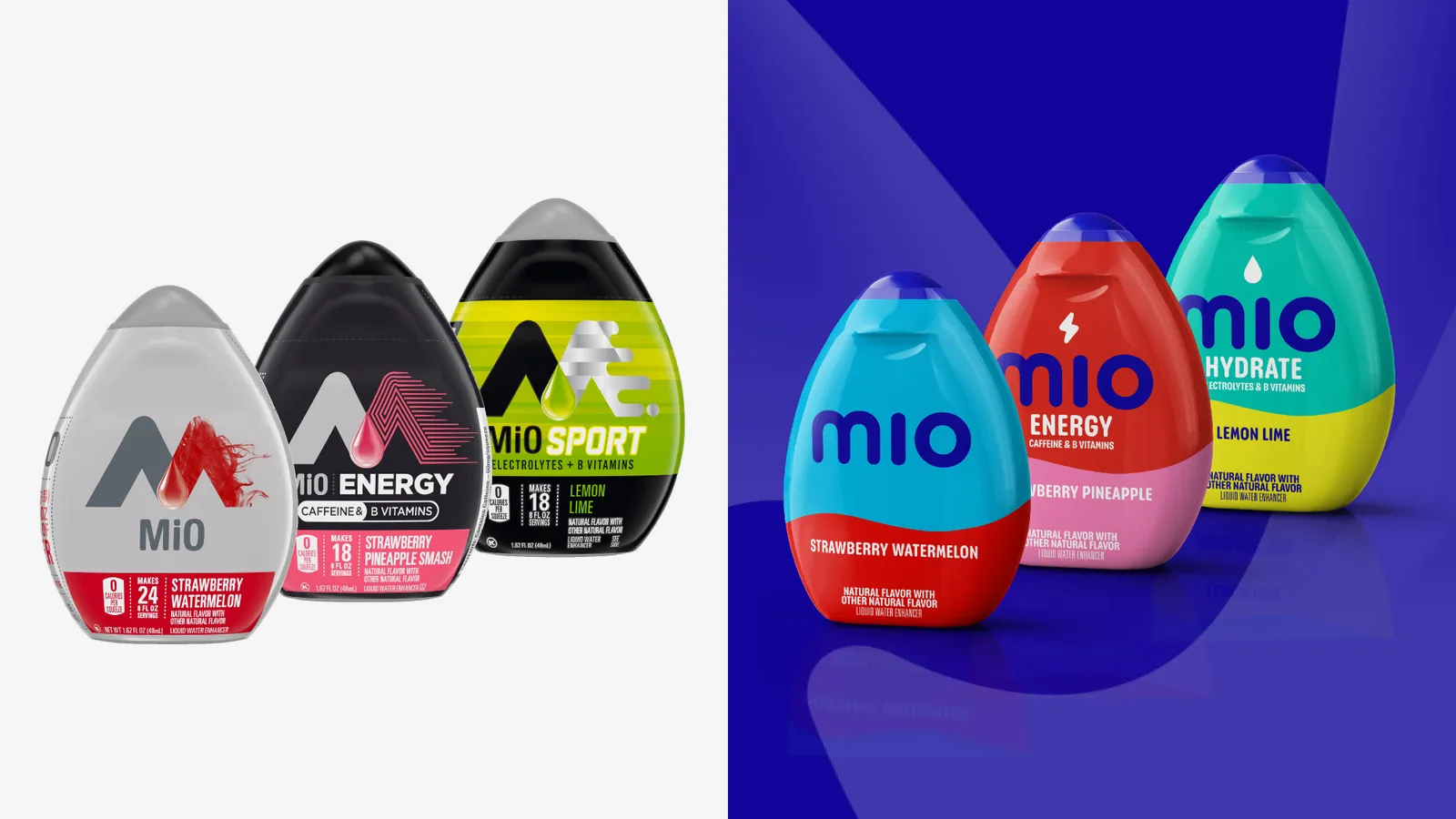
The design aperture
In a crowded category, a rebrand can be driven by insights rather than a creative concept. For Kraft Heinz's Mio, BrandOpus focused on the liquid concentrate product's core proposition around customization, laddering up to find ways for the brand to be integrated throughout a customer's day as part of a "Wellness on your wavelength" platform.
"Once you have that unlock, you can start to think about the assets that need to be developed to let you bring that to life, and then you can get the metaphor from there," said BrandOpus' Ertel.
Design can also do the heavy lifting of a rebrand aimed at new markets. Manischewitz put forth one of the year's most striking efforts, making over the 130-year-old brand to reach beyond the kosher aisle and engage with younger, more diverse customers. For agency Jones Knowles Ritchie, rebrands like the ones it crafted for Manischewitz and Impossible Foods help future-proof brands and articulate their purpose, group strategy director Hayley Burnham previously told Marketing Dive.
"When you look at brands that go from a real specific niche, suddenly they can show up in broader context in broader ways," Siegel+Gale’s Cieslak said. "You realize that some CEO somewhere said, 'What are we doing with this brand? Somebody better step in here and figure out what to do with it.'"
Marketers are increasingly asking branding agencies not just to work on core brand assets, like packaging, but a whole ecosystem of brand elements that spans retail, digital, social and public relation channels. For budget-conscious marketers, these wide-ranging efforts are easier to justify as providing overall value for a brand than more limited design work.
"The utility of this endeavor makes the investment a little bit easier to swallow," said Ertel. "We're finally getting to that holistic campaign that we used to talk a lot about but never actually got to do."
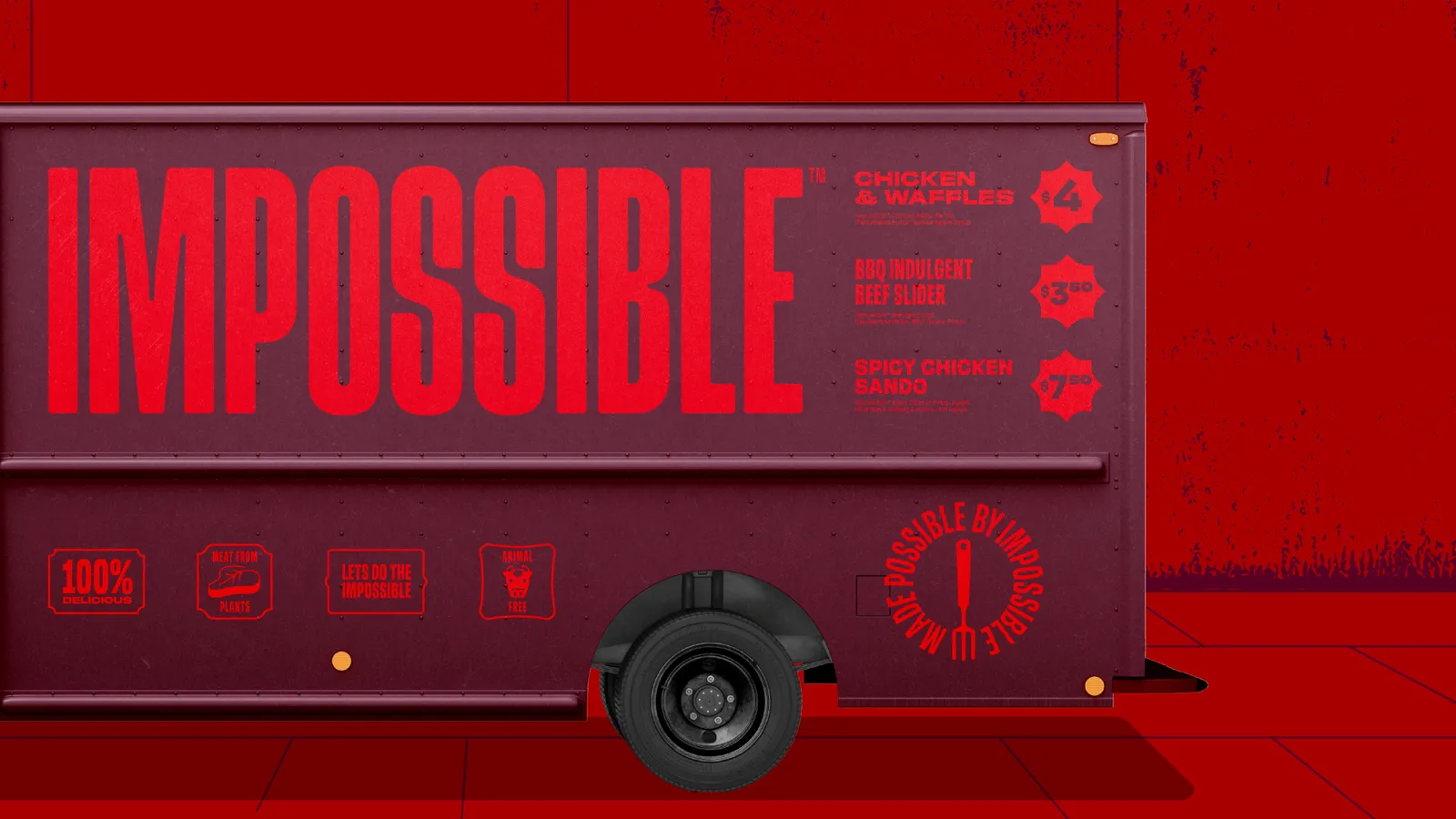
Treading carefully
Marketers considering how to refresh their brands should consider how the landscape has changed in recent years. Historically, core brand identity elements were seen as fixed, while creative campaigns were a flexible tool that brands could use to stay relevant. Today, the strongest marketers use brand identity and creative campaigns to deliver purpose and experience.
"They're looking at brand identity as another tool in the toolbox that can also flex when needed to drive or create relevance, a deeper emotional bond and love for the brand," said FutureBrand's Field.
Still, marketers must tread carefully when changing core parts of their brand identities. For almost a decade, traditional brands looked at tech companies for design cues, pushing their designs toward a minimalism that erased identity and equity. That trend could be on the decline, as maximalism has driven a successful rebrand by Pepsi and campaigns by brands like Mars' Skittles. Marketers must also be clear on whether they're looking to rebrand their offerings for a new audience or simply redesigning them, as if adding a thin top coat of paint.
"Oftentimes, a packaging redesign is celebrated as a rebrand, but the product has no inherent differences, it hasn't entered into a new market, it's just been refreshed to make it look more contemporary," said Siegel+Gale's Cieslak. "This industry likes to talk about real design work as branding work, but it's not always the same."
Despite the hazy distinctions between rebrands, refreshes, repositionings and redesigns, marketers are still committed to a strategy that can help brands emerge stronger as the pendulum swings back from years of performance marketing to brand building fundamentals.
"There's clearly still some long-term changes that we're going to be experiencing, but in general, people are going back into the office, people are comfortable going back out in the world," Cieslak said. "A lot of brands are starting to think a little bit differently about how they show up in the world."


